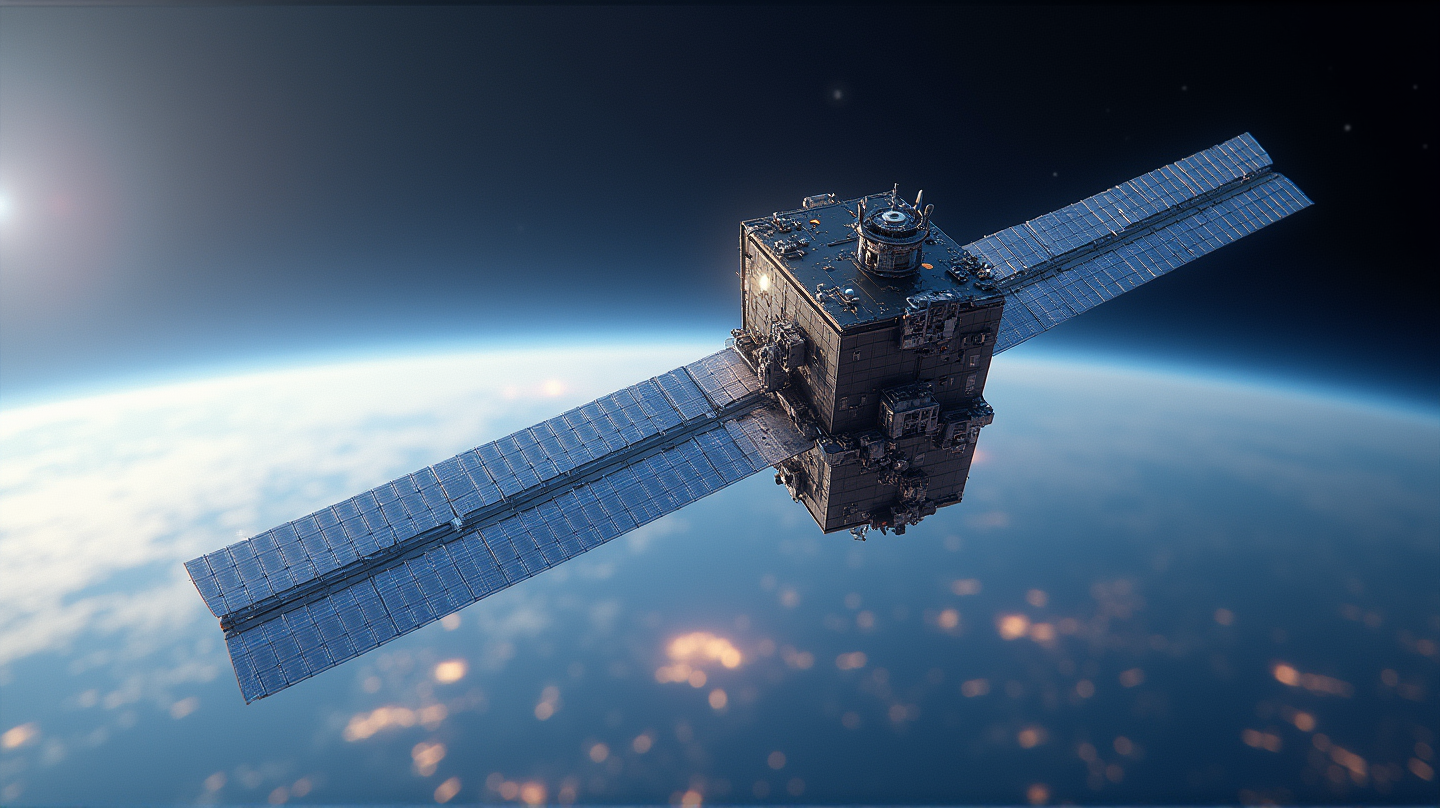VLEO Satellites Poised to Revolutionize Connectivity and Satellite Services
VLEO satellite market's incredible growth driven by propulsion advancements and low-latency demand, expected to soar by 2034.

The Satellite Market Skyrocketing
Imagine a world where internet connectivity is seamless and at our fingertips, thanks to satellites traveling at astonishing speeds, orbiting just above Earth’s atmosphere. That vision is becoming a reality as the Very Low Earth Orbit (VLEO) satellite market is expected to grow from \(10.4 million in 2025 to a staggering \)1.502 billion by 2034, at an annual growth rate of 73.9%. This surge is largely driven by cutting-edge advancements in satellite propulsion technologies and the insatiable demand for high-speed, low-latency connectivity. According to Cyprus Shipping News, this evolving market is drawing the attention of key players from around the globe.
Key Players and Competition Dynamics
The competitive landscape of the VLEO satellite market reads like a who’s who of the aerospace industry. Renowned entities such as Sierra Space Corporation, Redwire Corporation, and Earth Observant Inc. are leading the charge, developing satellites capable of operating at ultra-low altitudes. These technologies feature advanced propulsion systems, low-drag materials, and even modular designs, ensuring performance and cost-effectiveness go hand in hand. The battle is on to outpace competitors while addressing challenges such as atmospheric drag and regulatory hurdles.
What’s Driving the Demand?
On the demand side, high-speed satellite internet and global broadband services are forging ahead as major drivers. There’s a palpable urgency to establish consistent, reliable satellite constellations that can bolster global connectivity and Earth monitoring capabilities. This push is facilitated by rapid advancements in propulsion technologies that extend satellite operational life spans, ensuring that this extraordinary market growth trajectory remains sustainable over the coming decade.
Overcoming Challenges
However, the path to market dominance is not devoid of hurdles. Operating effortlessly in very low orbits poses technical difficulties, including overcoming atmospheric drag and managing orbital decay. Furthermore, navigating the complex labyrinth of regulatory considerations, which involves frequency management and orbital traffic coordination, remains a formidable challenge for VLEO satellite operators globally.
Expanding Horizons
The potential applications of VLEO satellites are as vast and varied as they are exciting. With the integration of cutting-edge technologies and collaborative efforts, the possibilities range from enhanced Earth observation and telecommunications to military and scientific research applications. This isn’t just about meeting current global needs; it’s about imagining and realizing new possibilities as the VLEO satellite market continues to expand its horizons.
The narrative surrounding VLEO satellites is an inspiring story of innovation, competition, and growth. As the industry continues to evolve, it becomes clear that what was once a futuristic concept is rapidly becoming a tangible aspect of global telecommunications and connectivity.

